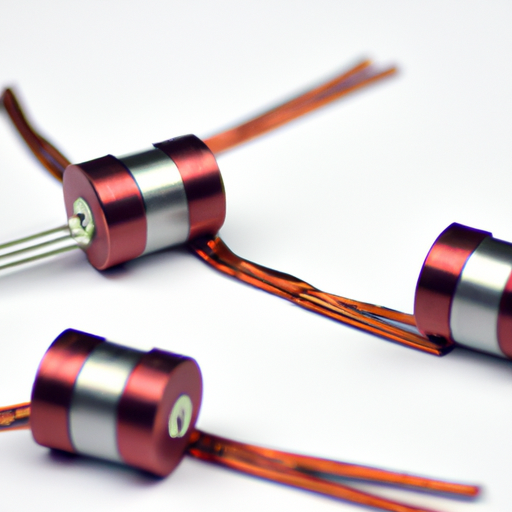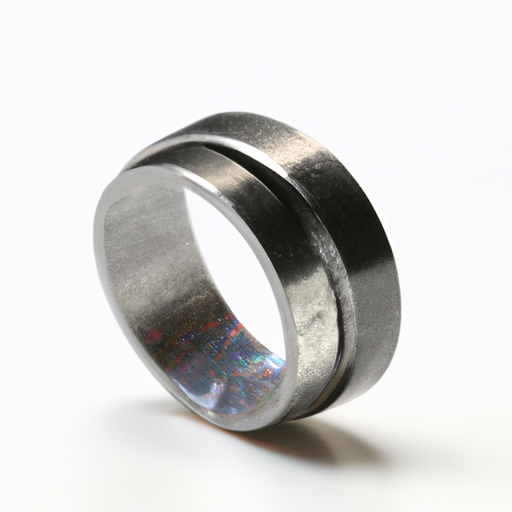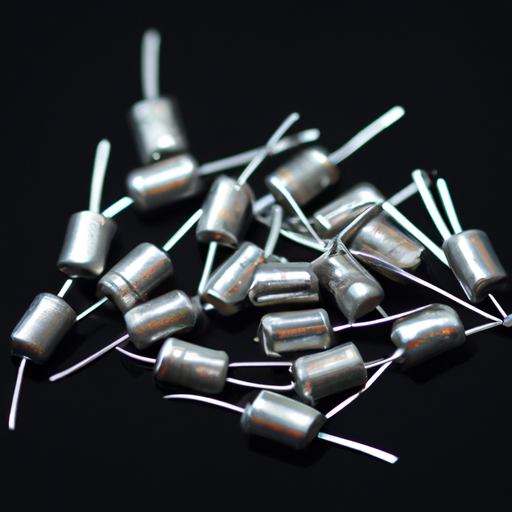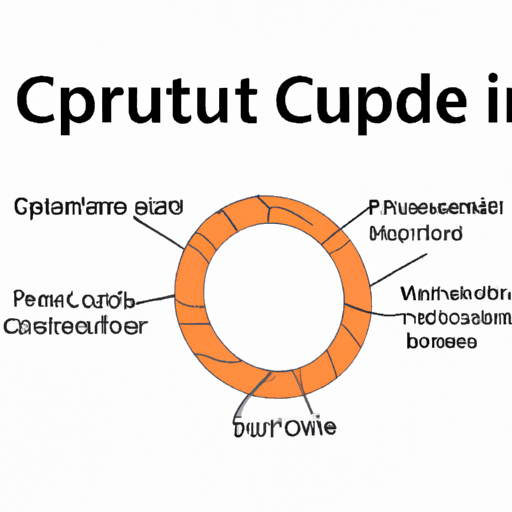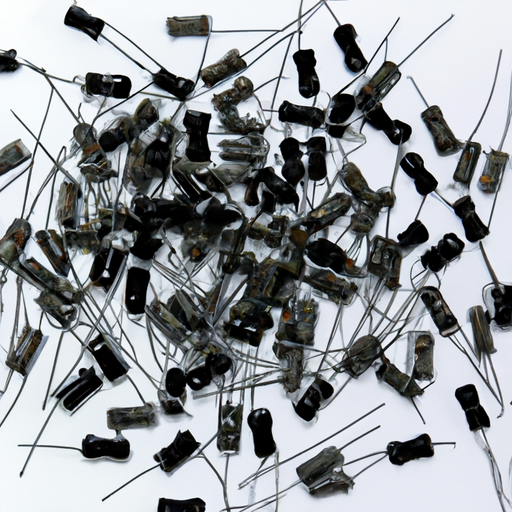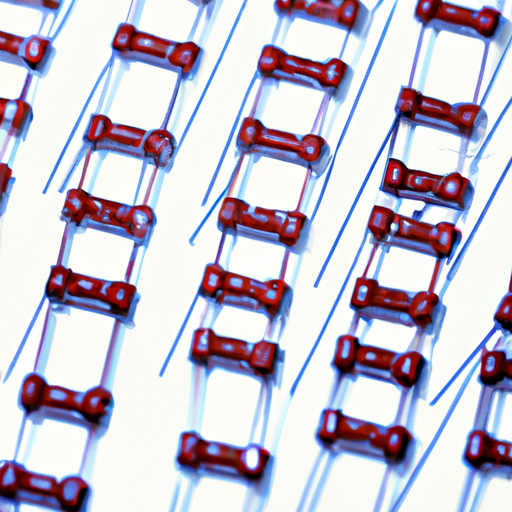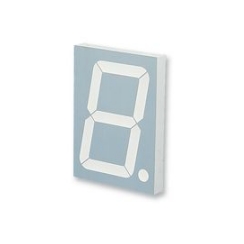What are the manufacturing processes of the latest wire wound inductors?
Manufacturing Processes of the Latest Wire Wound Inductors
I. Introduction
Wire wound inductors are essential components in electronic circuits, serving as passive devices that store energy in a magnetic field when electrical current flows through them. Their primary function is to oppose changes in current, making them crucial for applications such as filtering, energy storage, and signal processing. As technology has advanced, so too have the manufacturing processes for these inductors, evolving to meet the demands of modern electronics.
II. Types of Wire Wound Inductors
Wire wound inductors come in various types, each suited for specific applications:
A. Air Core Inductors
Air core inductors utilize no magnetic material for their core, relying solely on the air surrounding the wire. They are lightweight and have low losses, making them ideal for high-frequency applications.
B. Iron Core Inductors
These inductors use iron as a core material, which enhances inductance due to its magnetic properties. They are commonly used in power applications where higher inductance values are required.
C. Ferrite Core Inductors
Ferrite core inductors are made with ferrite materials, which provide high magnetic permeability and low losses at high frequencies. They are widely used in RF applications and power supplies.
D. Specialty Inductors
Specialty inductors, such as toroidal inductors, feature a doughnut-shaped core that minimizes electromagnetic interference and maximizes efficiency. Their compact design makes them popular in various electronic devices.
III. Materials Used in Wire Wound Inductor Manufacturing
The performance and reliability of wire wound inductors depend significantly on the materials used in their construction.
A. Conductive Materials
Copper is the most common conductive material used for winding due to its excellent conductivity and flexibility. Aluminum is also used in some applications, particularly where weight reduction is critical.
B. Core Materials
The choice of core material—ferrite, iron, or air—affects the inductor's performance characteristics, including inductance, saturation current, and efficiency.
C. Insulation Materials
Insulation is crucial to prevent short circuits and ensure safety. Enameled wire is commonly used, along with various coatings that provide thermal and electrical insulation.
IV. Manufacturing Processes
The manufacturing of wire wound inductors involves several key processes:
A. Design and Prototyping
The first step in manufacturing is design and prototyping. Engineers use computer-aided design (CAD) tools to create detailed models of the inductors. Simulation software allows them to predict electrical characteristics, ensuring that the design meets the required specifications before physical production begins.
B. Wire Winding
Wire winding is a critical process in inductor manufacturing. Automated winding machines are often employed to ensure precision and efficiency. These machines can control the number of turns, tension, and layering of the wire, which are vital for achieving the desired inductance. In some cases, manual winding techniques are still used, particularly for custom or low-volume production.
C. Core Assembly
Once the wire is wound, the next step is core assembly. The choice of core material is based on the application requirements. Core insertion can be done manually or through automated processes, depending on the scale of production.
D. Insulation and Coating
After core assembly, insulation and coating are applied. Various types of insulation, such as thermal and electrical, are used to protect the inductor. Coating processes, including dip coating and spray coating, enhance durability and performance.
E. Soldering and Termination
Soldering is the process of attaching leads to the inductor. Different techniques are employed, including wave soldering and hand soldering, depending on the complexity of the design. Quality control measures are implemented to ensure reliable connections.
F. Testing and Quality Assurance
The final step in the manufacturing process is testing and quality assurance. Electrical testing measures inductance and resistance, while environmental testing assesses performance under various conditions, such as temperature and humidity. Compliance with industry standards, such as ISO and RoHS, is also verified to ensure product reliability and safety.
V. Innovations in Manufacturing Processes
The manufacturing landscape for wire wound inductors is continually evolving, driven by innovations that enhance efficiency and performance.
A. Automation and Robotics
The integration of automation and robotics in manufacturing processes has significantly improved efficiency and precision. Automated systems reduce human error and allow for higher production rates, which is essential in meeting the growing demand for inductors.
B. Advanced Materials
The development of high-performance wire and core materials has led to improved inductance values and reduced losses. Nanotechnology is increasingly being utilized in core materials, enhancing their magnetic properties and overall performance.
C. Sustainable Manufacturing Practices
Sustainability is becoming a priority in manufacturing. Companies are adopting practices such as recycling materials and implementing energy-efficient production methods to minimize their environmental impact.
VI. Challenges in Wire Wound Inductor Manufacturing
Despite advancements, the manufacturing of wire wound inductors faces several challenges:
A. Balancing Performance and Cost
Manufacturers must balance the performance of inductors with production costs. High-performance materials and advanced manufacturing techniques can drive up costs, making it essential to find a cost-effective solution without compromising quality.
B. Meeting Increasing Demand for Miniaturization
As electronic devices become smaller and more compact, the demand for miniaturized inductors is rising. Manufacturers must innovate to produce smaller inductors without sacrificing performance.
C. Addressing Supply Chain Issues for Raw Materials
Global supply chain disruptions can impact the availability of raw materials needed for inductor production. Manufacturers must develop strategies to mitigate these risks and ensure a steady supply of materials.
VII. Future Trends in Wire Wound Inductor Manufacturing
Looking ahead, several trends are shaping the future of wire wound inductor manufacturing:
A. Integration with Smart Technologies
The rise of smart technologies, including IoT devices and smart grids, is driving demand for advanced inductors that can handle complex electrical requirements.
B. Customization and Rapid Prototyping
As industries seek tailored solutions, the ability to customize inductors and rapidly prototype designs will become increasingly important. This flexibility allows manufacturers to respond quickly to market demands.
C. The Role of Artificial Intelligence in Design and Production
Artificial intelligence (AI) is poised to revolutionize the design and production of wire wound inductors. AI can optimize designs, predict performance, and streamline manufacturing processes, leading to enhanced efficiency and innovation.
VIII. Conclusion
In summary, the manufacturing processes of wire wound inductors have evolved significantly, driven by advancements in technology and materials. From design and prototyping to testing and quality assurance, each step is crucial in producing reliable and efficient inductors for various applications. As the electronics industry continues to grow, ongoing innovation in manufacturing processes will be essential to meet the demands of the future.
IX. References
- Academic journals on electrical engineering and materials science.
- Industry reports from leading manufacturers and market research firms.
- Manufacturer specifications and guidelines for wire wound inductors.
This comprehensive overview highlights the critical aspects of wire wound inductor manufacturing, providing insights into current practices and future trends in the industry.

